Huaiyang Cuisine
As one branch of Jiangsu Cuisine, Huaiyang cuisine is a gem among the Four Great Cuisines of Chinese culinary heritage. Its roots lie in the region surrounding the lower reaches of the Huai and Yangtze rivers, with culinary epicenters in the cities of Huai’an, Yangzhou, and Zhenjiang within Jiangsu Province.
Origins and Influence
The history of Huaiyang cuisine is deeply intertwined with the region's geographical prosperity. The convergence of the mighty Yangtze River and the Huai River created a land abundant in fish, freshwater resources, and fertile plains, fostering a thriving agricultural economy. This bounty of nature laid the foundation for the cuisine, where fresh, seasonal ingredients became the cornerstone. Additionally, Huaiyang cuisine benefitted from its location along the Grand Canal, a vital trade route during the Ming and Qing dynasties. Merchants brought new ingredients and culinary influences from across China, enriching the existing repertoire. This confluence of fresh local produce and diverse cultural influences shaped the unique character of Huaiyang cuisine.
Huaiyang cuisine emerges from the fertile land between the Yangtze and Huai rivers, where the culinary alchemy has been perfected over centuries. Its hallmark lies in the meticulous preparation, emphasis on fresh ingredients, and harmonious balance of flavors. As part of Jiangsu cuisine, Huaiyang cuisine stands out for its elegance and subtlety, captivating both locals and food enthusiasts worldwide. As you can see the Shanghai cuisines was heavily affected by Huaiyang Cuisine. Even in the current state banquet of China, the dishes are mainly based on this culinary style, and also incorporate elements of other domestic cuisines.
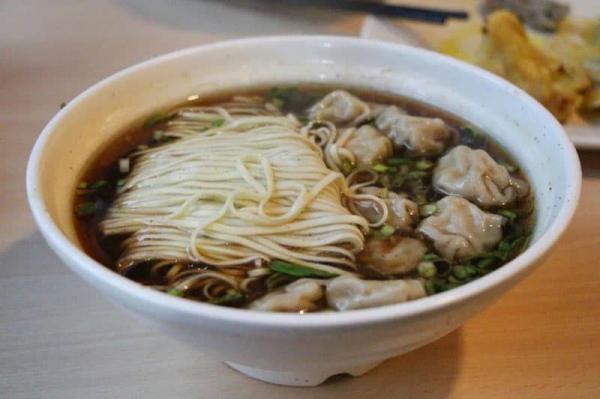
Key Ingredients and Techniques
The enchanting charm of Huaiyang cuisine lies in its reliance on high-quality ingredients and meticulous preparation methods. Here are some of the key elements that define its character:
Fresh, Seasonal Ingredients: Freshness is paramount in Huaiyang cuisine. From the delicate sweetness of spring vegetables to the robust flavors of autumnal seafood, each season offers its bounty. Ingredients like freshwater fish, shrimp, crabs, and eels are stars of the show, often prepared simply to retain their natural textures. Spring onions, baby bok choy, and seasonal mushrooms add vibrant colors and subtle earthy notes.
Emphasis on Knife Skills: Meticulous knife skills are a hallmark of Huaiyang cuisine. Vegetables are meticulously julienned or diced, ensuring even cooking and enhancing their visual appeal. Dishes like Wensi Tofu, featuring squares of Tofu cut into impossibly thin threads, showcase the artistry of Huaiyang chefs. Whether it’s tender slices of pork, succulent chicken, or freshwater aquatic treasures, Huaiyang chefs elevate simplicity to an art form.
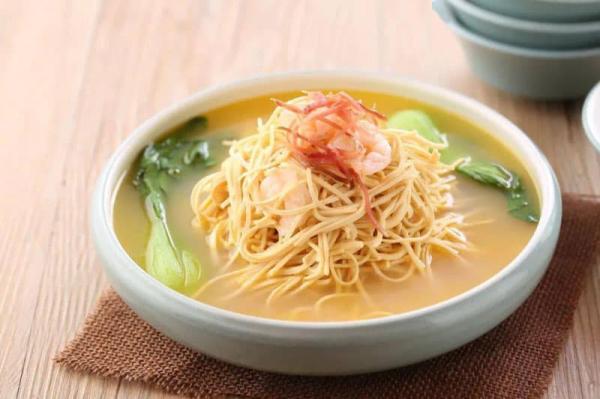
Clear Soups: Broths play a vital role in Huaiyang cuisine, but unlike some regional styles with boldly flavored broths, Huaiyang features clear soups. Delicately simmered with chicken, pork, or seafood, these light broths enhance the natural flavors of the ingredients without overpowering them.
Subtle Sweetness: Unlike fiery Sichuan or Hunan cuisines, Huaiyang dishes lean toward the sweet side. The sweetness is gentle, like a whispered promise, enhancing the natural flavors of the ingredients. It’s a symphony of taste where sugar dances gracefully with savory notes.
Braising and Steaming: Huaiyang cuisine relies heavily on braising (红烧) and steaming (蒸) techniques. Braising allows for slow tenderization of meats and seafood while infusing them with rich, savory broths. Steaming is employed for delicate ingredients like fish, vegetables, and dumplings, preserving their delicate textures and vibrant colors.
Specific Flavor Enhancers: Unlike cuisines that rely on heavy sauces, Huaiyang employs subtle flavor enhancers to highlight the natural taste of ingredients. Chinkiang vinegar, mellow vinegar produced in Zhenjiang, is a defining element, adding a touch of acidity and depth. Shaoxing wine, with its subtle sweetness and floral aromas, is another prized ingredient. Fermented soy bean paste (Doubanjiang, 豆瓣酱) adds a touch of umami in specific dishes.
Presentation: Presentation is an art form in Huaiyang cuisine. Dishes are meticulously arranged, with attention paid to color, texture, and visual appeal. This focus on aesthetics reflects the overall philosophy of elegance and balance that defines the cuisine.
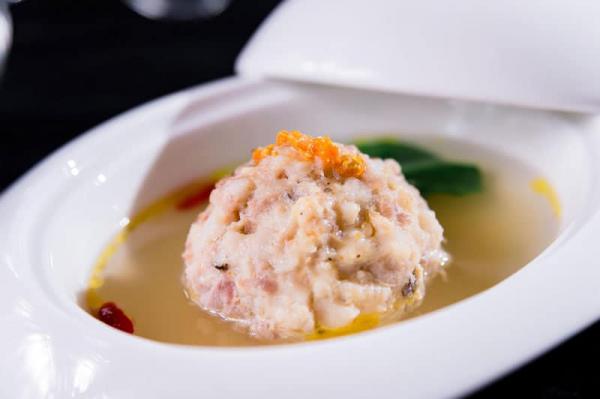
Notable Dishes of Huaiyang Cuisine
Let’s savor some of the iconic dishes that define Huaiyang cuisine:
Dazhu Gansi (大煮干丝): A delicate concoction of finely cut chicken, ham, and dried tofu swimming in a flavorful chicken broth.
Jade Shaomai (翡翠烧麦): These translucent dumplings, resembling jade, encase a medley of shrimp and pork.
Lion’s Head (狮子头): Braised pork meatballs in a rich brown sauce, their size and flavor fit for royalty.
Noodles with Shrimp and Pork Dumplings (虾籽饺面): A comforting bowl of noodles adorned with plump dumplings.
Pot Stickers (鲜肉锅贴): Crispy on the outside, juicy on the inside—these pan-fried delights are irresistible.
Sliced Fatty Pork Slices (厚皮香猪): Thinly sliced pork with a tantalizing layer of fat, a testament to Huaiyang’s finesse.
Thousand-Layer Cake (千层糕): A sweet treat with delicate layers, akin to a culinary masterpiece.
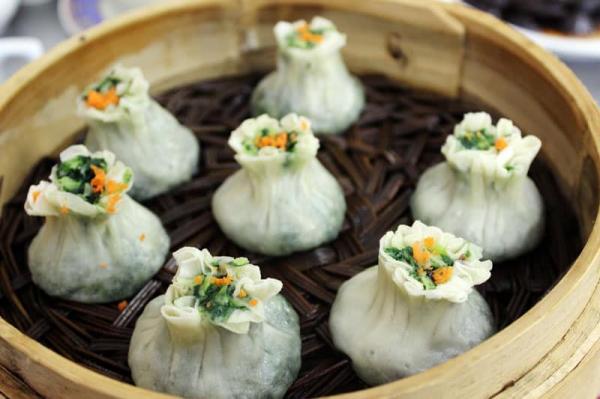
Regional Delights of Haiyuan Cuisine
While Huaiyang cuisine boasts a unified identity, there are subtle variations across the Jiangsu region. Here's a glimpse into some of the most celebrated specialties:
Huai'an Cuisine: The birthplace of Huaiyang cuisine, Huai'an, is renowned for its emphasis on freshwater seafood. Dishes like Braised Hairy Crab with Shaoxing Wine and Steamed Mandarin Fish exemplify the region's love for showcasing the natural sweetness of aquatic ingredients.
Yangzhou Cuisine: This bustling city is famous for its refined cooking techniques and diverse dishes. Yangzhou Fried Rice, a vibrant medley of ingredients, and Lion's Head Meatballs, a visually stunning presentation of braised pork, are testaments to the region's culinary artistry.
Zhenjiang Cuisine: Known for its use of Chinkiang vinegar, Zhenjiang offers dishes with a unique balance of sweet, sour, and savory flavors. Specialties like Crystal Shrimp, featuring translucent shrimp cooked in a delicate vinegar broth, and Beggar's Chicken, a whole chicken marinated and baked in clay, showcase the region's distinct culinary identity.
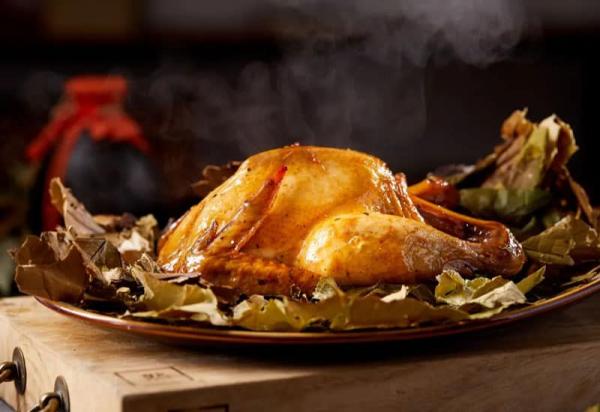
Beyond the Plate
Huaiyang cuisine isn’t just about food; it’s a cultural expression. It reflects the region’s history, climate, and the poetic sensibilities of its people. As you savor each morsel, you taste the whispers of ancient rivers and the elegance of silk-clad scholars.
Huaiyang cuisine is an invitation to embark on a culinary journey for the discerning palate. With its emphasis on fresh, seasonal ingredients, meticulous preparation, and a symphony of subtle flavors, this regional gem offers a unique and captivating experience. From the delicate sweetness of steamed fish to the rich umami of braised meats, Huaiyang cuisine promises to tantalize the taste buds and leave a lasting impression. So, the next time you explore China's culinary landscape, be sure to delve into the enchanting world of Huaiyang cuisine – a testament to elegance, balance, and the art of showcasing nature's bounty on a plate.
Bon appétit!
Recommended China Food Tour
★ 10-day Taste of China Top Cuisines
★ 15-day China Cooking & Foodie Tour
★ 4-day Chengdu Food Tour